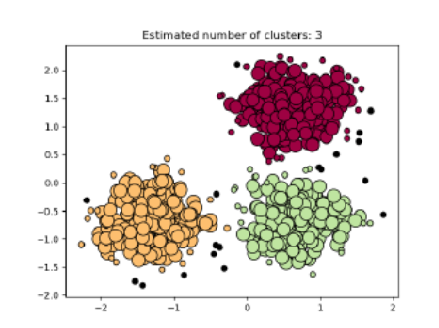


Indian Journal of Science and Technology
DOI: 10.17485/IJST/v15i44.1555
Year: 2022, Volume: 15, Issue: 44, Pages: 2432-2440
Original Article
E Moorthy1*, M Shanthakumar2, S Janarthanam3
1Research Scholar, Department of Computer Science, Kamban College of Arts and Science, Sulthanpet, Coimbatore, Tamil Nadu, India
2Assistant Professor, Department of Computer Science, Kamban College of Arts and Science, Sulthanpet, Coimbatore, Tamil Nadu, India
3Department of Computer Science, Gobi Arts & Science College, Gobichettipayam, Erode, Tamil Nadu, India
*Corresponding Author
Email: [email protected]
Received Date:27 July 2022, Accepted Date:26 October 2022, Published Date:02 December 2022
Objectives: Network functionality-based tracking is difficult for the fabrication processing under the various environment condition. In order to achieve the efficient result Intellectual data cluster-based Medicaid aggregation method applied for the network functionality analysis of the attack on network entities aggregate the fabrication process for balancing the network to normal flow. Methods: The proposed Independent Cluster based Medicaid Intellectual Data Aggregation (ICAMA) is compared with the K-means and GSVM, DBSCAN algorithm for classification of the attack entities to understand the response and reinforcement of the network functionality against the interconnection nodes by using energy and weighted aggregation, accuracy metrics on the CIC-IDS 2019 dataset. Findings: The Experiment studies provide the 15.23% lower energy consumption for interconnection of nodes comparing with the DBSCAN and 17.18% against the K-means algorithms. The network functional fabrication progress of proposed method has the weighted aggregation15.07%,8.32%, 6.41%, 5.12%, 5.52%, 8.08% and 2.21% against the given K-means, DBSCAN, GSVM, SOM, PCA, ocSVM and ICA methods and also improves accuracy to 11.07% compared with the GSVM method. ICAMA applies the intellectual functionality based on the distribution of entities in the network as a cluster or a single fabrication process. Novelty: In order to restore the regular network progress, ICAMA continuously runs the dynamic collection of network analysis by employing intellectual functional support to identify various types of network anomalies.
Keywords: Clustering; Data aggregation; Energy consumption; Fabrication; Network attacks
© 2022 Moorthy et al. This is an open-access article distributed under the terms of the Creative Commons Attribution License, which permits unrestricted use, distribution, and reproduction in any medium, provided the original author and source are credited. Published By Indian Society for Education and Environment (iSee)
Subscribe now for latest articles and news.